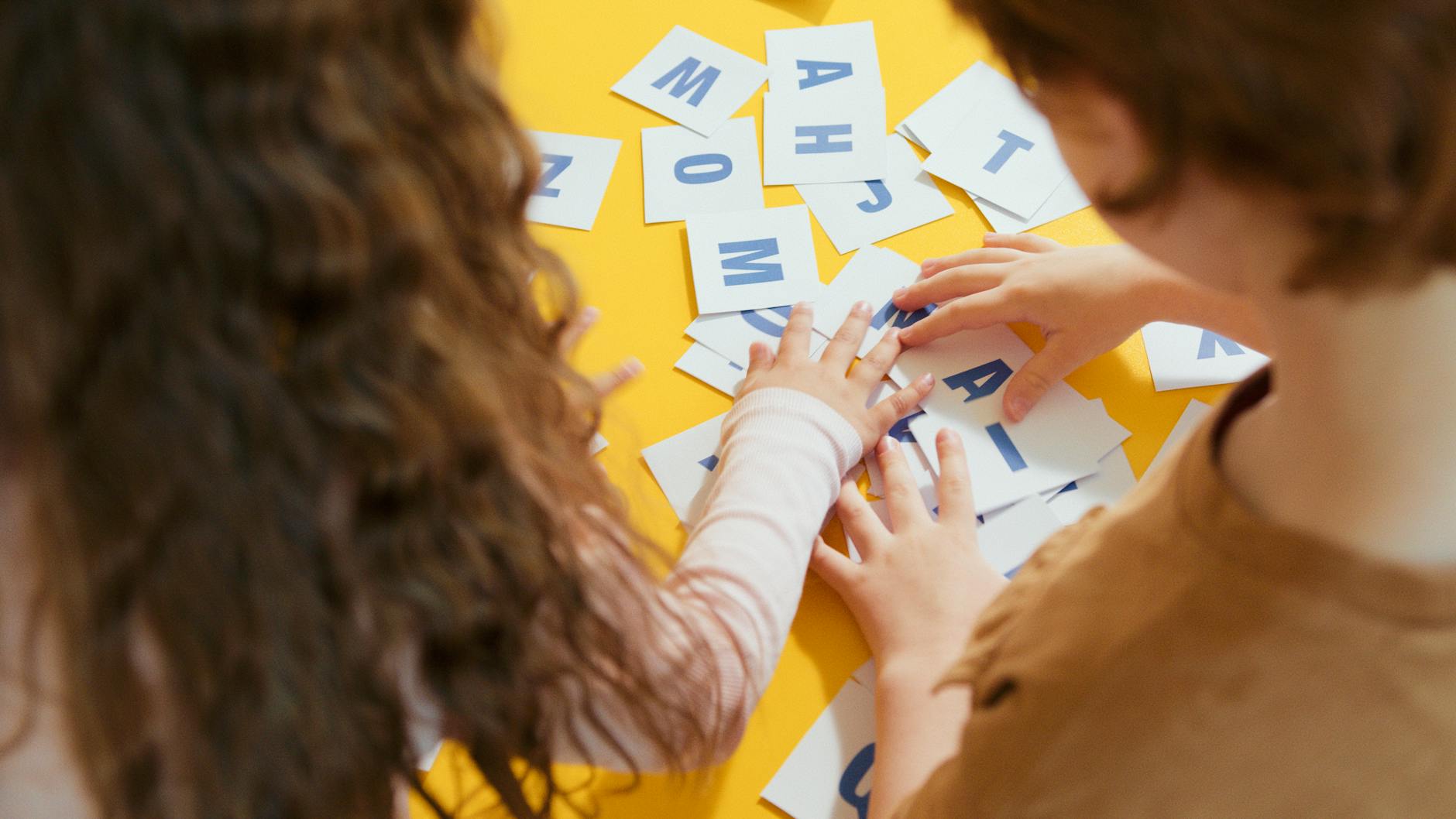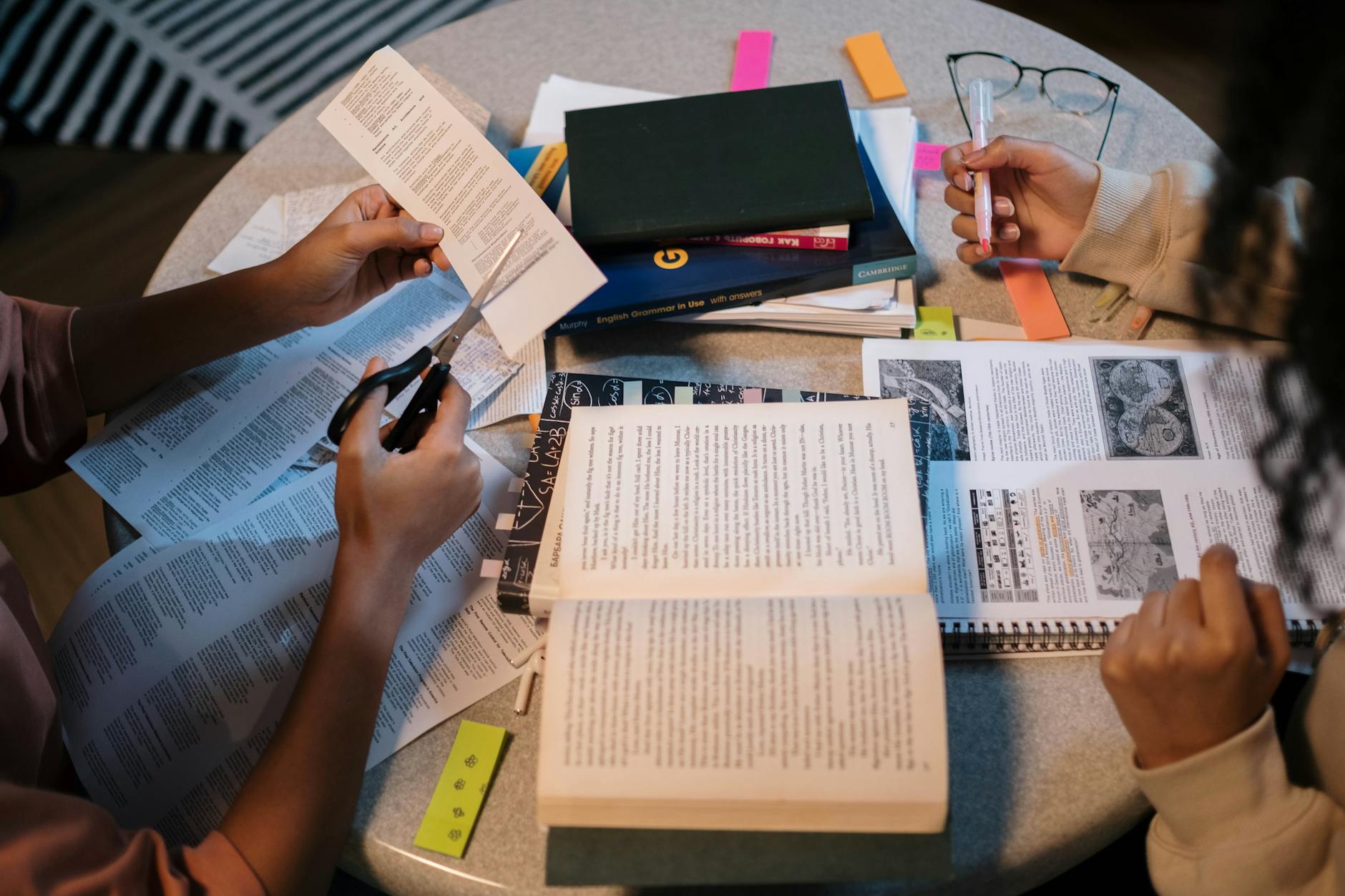This post contains affiliate links. If you purchase through these links, I may earn a commission at no extra cost to you. As an affiliate, I earn from qualifying purchases.
Getting kids excited about reading can feel like a challenge, but turning it into a game changes everything. Reading games do more than just entertain—they help children improve vocabulary, comprehension, and confidence in a way that feels natural and fun. Whether you’re a parent or teacher, these interactive activities offer an engaging way to support learning while keeping kids motivated. It’s time to make reading less of a chore and more of an adventure!
Why Reading Games Are Effective for Kids
Reading games are an amazing tool for helping children develop their language skills, spark curiosity, and stay engaged with learning. Unlike traditional reading assignments, games make the process interactive, energizing, and enjoyable. Here’s a deeper look into why they’re so effective.
Cognitive Benefits
Games have a unique way of stimulating brain activity. For example, many reading games involve problem-solving, matching, or sorting tasks that make kids think critically. They also encourage memory recall, which is crucial for building vocabulary and comprehension skills.
- Memory Boosting: Games that focus on matching words to images or creating sentences enhance a child’s memory retention. When kids play frequently, these skills grow stronger over time.
- Focus and Attention: The interactive nature of reading games demands concentration. Tasks like identifying correct answers or solving word puzzles train them to stay attentive.
- Critical Thinking: Reading games often introduce challenges that require students to make decisions. For example, figuring out the meaning of a new word based on context in a game scenario develops analytical skills.
This combination of fun and mental exercise makes children more likely to internalize what they’ve learned. Explore more cognitive benefits here.

Photo by Artem Podrez
Emotional Engagement
One of the biggest hurdles in teaching kids to read is keeping them motivated. Reading games shift the focus from “must-do” to “want-to-do,” which helps children emotionally connect with the activity.
- Excitement and Fun: Games make reading enjoyable. Whether it’s through points, rewards, or friendly competition, children are naturally drawn to the excitement they bring.
- Confidence Building: When kids repeatedly succeed in these games, they gain confidence. Even small wins, like guessing the correct word or completing a level, foster a sense of achievement.
- Reducing Stress: With the absence of academic pressures, games create a safe space where children can explore language without fear of making mistakes.
This emotional connection doesn’t just improve their attitude towards reading; it also reinforces lifelong learning habits. Learn more about emotional benefits of play-based learning.
Reading games bridge the gap between learning and play while developing essential skills kids need to thrive. It’s fun with a purpose—something every parent and educator can get behind!
Top 10 Reading Games That Boost Vocabulary and Comprehension
Getting children excited about reading sometimes requires thinking outside the box—and that’s where reading games come in. These activities combine fun with learning, helping kids enhance vocabulary and comprehension without it feeling like a task. Below are 10 innovative games that are as entertaining as they are educational.
Word Bingo
Turn traditional bingo into an engaging reading activity. Create bingo cards filled with sight words or vocabulary words tailored to your child’s reading level. Call out the words, and kids must find and mark them on their cards. For added fun, use themed words like animals or food.
Why it Works: Word Bingo builds word recognition by prompting kids to quickly locate and associate written words with their meanings, which reinforces memory.
Scavenger Hunt with Words
Host a scavenger hunt where kids search for words in books, magazines, or around the house. Give clues like, “Find a word that starts with ‘B’” or “Look for a word with three syllables.” The more creative the clues, the more fun they’ll have.
Why it Works: This game encourages exploration and helps children learn how to spot and understand new words in their everyday environment, boosting comprehension in the process.
Story Mapping
After reading a book or story, have kids draw or create a map of the storyline. Include key events, characters, and settings. Visualizing these elements helps them piece together the story’s structure.
Why it Works: Story mapping strengthens understanding of narrative flow, character relationships, and cause-and-effect, setting a strong foundation for analytical reading skills.

Photo by Olia Danilevich
Reading Puzzles
Print out a few sentences or paragraphs from their favorite story, cut them into jigsaw-style pieces, and ask them to put it back together in the correct sequence.
Why it Works: This activity sharpens sentence recognition and helps children understand context and structure by figuring out the logical order of the content.
Synonym and Antonym Matching
Take a deck of cards and write words on each. Match synonyms (like “happy” and “joyful”) or antonyms (like “big” and “small”). The goal? Pair all the cards correctly.
Why it Works: Matching games like this expand your child’s vocabulary by showing the relationship between different words and their meanings.
Act It Out
After reading a short story or passage, let children act out scenes or dialogue. Give props or costumes for an extra layer of fun.
Why it Works: Acting strengthens comprehension by allowing children to embody the characters. They gain a deeper connection with the story and understand nuances, like tone and mood.
Word Search Challenges
Design a word search using themed vocabulary from a story they just read (e.g., characters, places, and key terms). You can make your own or find free online tools to create them.
Why it Works: Searching for words reinforces spelling and helps kids visually identify and remember new vocabulary.
Keyword Bingo
Different from Word Bingo, this version uses words from a specific reading passage. After reading the passage together, challenge kids to match keywords on their bingo card while discussing their meanings.
Why it Works: By connecting text to vocabulary, this activity helps kids digest and reflect on what they’ve just read.
Sentence Pantomime
Write sentences on slips of paper, and let kids take turns acting them out while others guess. For instance, if the sentence is, “The cat jumped over the fence,” the child acts out the scene.
Why it Works: This game uses movement and creativity to deepen comprehension while making abstract ideas more tangible.
Buddy Reading with Check-ins
Pair kids to read a story together. After every few paragraphs, they pause to discuss what’s happening and ask questions. Prompts like, “What do you think will happen next?” encourage critical thinking.
Why it Works: Collaborative reading builds comprehension by encouraging kids to pause and reflect, learning from each other’s perspectives.
Story Extensions
Encourage kids to extend a story by adding their own ending or sequel. They can write it down or share it aloud. For example, “What happens next to the character after the book ends?”
Why it Works: Story extensions foster creativity while helping kids think critically about plot development and character motivations.
For additional inspiration, you can explore a wide collection of reading games tailored for kids or find creative activity ideas at Reading Eggs. These activities ensure both fun and educational value!
Adapting Reading Games for Different Ages and Abilities
Creating reading games that are adaptable for various age groups and skill levels helps cater to each child’s unique learning journey. What works for a kindergartener may not engage a middle schooler, so adjusting games is essential to ensure inclusion and effectiveness. Below, we’ll explore tailored approaches and activities for early, intermediate, and advanced readers, along with tips for incorporating technology.
For Early Readers
Young readers need activities that introduce foundational skills like phonics and word recognition in fun and accessible ways. The focus should be hands-on learning with plenty of visuals and repetition.
- Phonics Games: Try matching uppercase and lowercase letters or finding rhyming pairs. Alphabet puzzles and games where kids associate letters with objects (e.g., “A is for apple”) are also ideal.
- Rhyming Word Challenges: Use rhyming flashcards or sing rhyming songs. Games like “I Spy” with phonics cues (“I spy something that starts with ‘B’”) are great for engaging preschoolers.
- Picture-Word Pairing: Place pictures and words into separate piles and let kids match them. This encourages comprehension and broadens their vocabulary.
You can find more game ideas tailored to early readers through PBS Kids Reading Games, a free resource full of interactive options.

Photo by Mikhail Nilov
For Intermediate Readers
As children progress, their games should reflect increased reading fluency and comprehension. For this age group, consider games that require reasoning and connecting ideas.
- Story Mapping: After reading a short story, ask children to draw a basic map of events, characters, and settings. This not only encourages creativity but also reinforces their understanding of plot structure.
- Vocabulary Dice Game: Write challenging words on a dice, roll it, and have kids either define, use, or act out the word they land on.
- Context Clue Challenges: Create sentences with a “mystery” word. Kids must use surrounding context to guess and explain the word’s meaning.
Engaging activities for intermediate readers are readily available on platforms like RoomRecess Reading Games.
For Advanced Readers
Older readers benefit from more abstract thinking and challenging activities that stretch their skills. These learners often thrive with games that incorporate analysis and creativity.
- Book Analysis Bingo: Create Bingo cards featuring prompts such as “Find a metaphor,” “Character development,” or “Themes in setting.” Players mark spaces as they identify these elements in books.
- Creative Book Reviews: Turn traditional reviews into multimedia projects. Kids can create video reviews, posters, or even write an alternative book ending.
- Debate Games: Host a friendly debate on themes or character decisions within the book. Encourage them to back up points with quotes or passages.
For additional strategies to engage advanced readers, check out Reading Rockets’ Games for Advanced Readers.
Incorporating Technology
Technology can modernize and elevate reading games, especially for today’s digital-savvy kids who love using devices. Apps and online platforms make learning interactive and engaging.
- Reading Apps: Platforms like Starfall Education combine reading games with phonics tutorials and storytelling for children of all ages.
- Interactive E-books: Some e-books now come with built-in mini-games that highlight words, read aloud, or prompt comprehension questions.
- Customizable Learning Platforms: Use apps like Readability Tutor to tailor activities to a child’s specific skills or areas needing improvement.
When integrating tech, ensure screen time complements, rather than replaces, traditional reading. Mixing interactive apps with physical books creates a balanced learning environment.
Games Parents and Teachers Can Play Together
Making reading a shared activity between adults and kids can transform it into a bonding experience while reinforcing essential skills. By engaging kids in games that encourage interaction, creativity, and exploration, parents and teachers can build a positive relationship with reading. Below, we explore four highly engaging games that boost comprehension and vocabulary.
Interactive Dialogic Reading
In dialogic reading, the adult and child switch roles during read-alouds, transforming it into a two-way conversation. Adults ask open-ended questions like, “What do you think will happen next?” or “Why do you think the character is sad?” This encourages kids to think critically and articulate their ideas.
- How It Helps: This method enhances comprehension by getting kids to reflect on the story rather than passively listening. It also builds vocabulary as children are exposed to new words in context.
For practical guidance on dialogic reading, check out this resource about Effective Ways to Read Aloud with Young Children.

Photo by cottonbro studio
Puppet Show Reading
Using puppets to act out stories makes reading an interactive and visual experience. Each puppet can represent a character, and kids can use funny voices or dramatic expressions to bring the story to life. Adults can guide the story while letting kids take creative control.
- Why It Works: Puppetry enhances engagement by encouraging kids to connect with the storyline emotionally and physically. Acting out scenes solidifies comprehension and keeps the activity exciting.
For tips on puppet-based activities, explore Using Puppets to Elevate Storytelling.
Character Interviews
Turn reading into a role-playing game by having kids pretend to be one of the book characters. The adult acts as the “interviewer” and asks questions about the character’s thoughts, actions, or motives. For example, “Why did you choose to help your friend in the story?”
- How It Supports Learning: Role-playing gets kids to empathize with characters and analyze their motivations. It also builds speaking skills as they explain their answers.
Learn more about this imaginative reading game in Character Interview Activities.
Nonfiction Exploration
Sometimes stepping outside of fiction can be just as enriching. Kids and adults can pick a nonfiction topic of interest—like space, animals, or history—and read about it together. Afterward, kids can create mini presentations or posters highlighting fun facts they discovered.
- The Educational Boost: Exploring nonfiction develops research skills and exposes kids to informational text formats like charts, diagrams, and captions. It diversifies their reading experience while aligning with real-world learning.
For more inspiration, consider these Fun Nonfiction Reading Activities.
By turning reading into a fun and shared venture, these games keep kids engaged while reinforcing critical skills. Whether it’s through puppets, interviews, or nonfiction projects, there’s something for every child to enjoy!
Conclusion
Making reading fun is one of the most effective ways to help kids improve vocabulary and comprehension. Through creative games, children not only build essential skills but also develop a positive relationship with reading. It’s not just about teaching words or rules—it’s about inspiring curiosity and confidence.
Parents and educators can make a big difference by weaving these activities into daily routines. Start small, keep it playful, and watch kids grow into more enthusiastic, skilled readers. Let’s make reading a joyful adventure for them!
